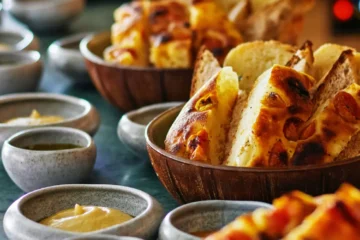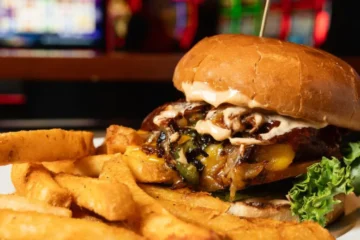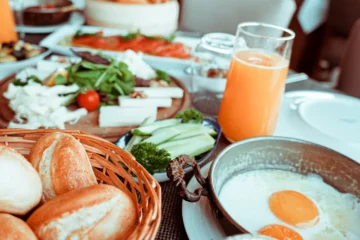Does dark roast coffee have more caffeine? Dark roast vs light roast
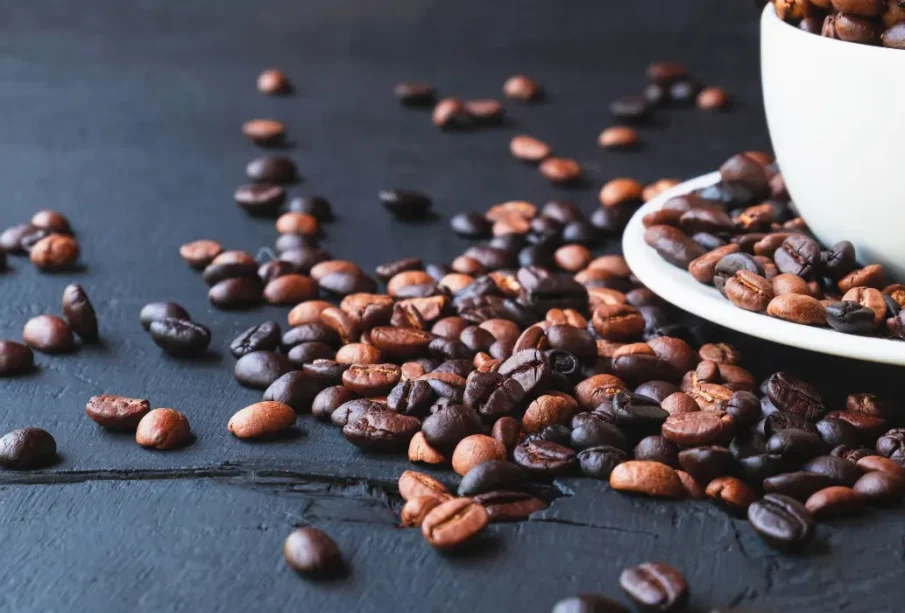
Credit: maxskyohmphotos
No, dark roast coffee contains slightly less caffeine than light roast. While the difference is minimal, only about 5-10% the roasting process does break down caffeine molecules, meaning lighter roasts retain more of their original caffeine content.
The morning ritual is sacred to millions: the perfect cup of coffee to jumpstart the day. But lurking beneath this daily tradition lies a surprisingly heated debate that has divided coffee enthusiasts for decades. Walk into any specialty coffee shop, and you’ll witness passionate discussions about coffee roasts, with advocates on both sides making bold claims about which variety delivers the ultimate caffeine kick.
The most persistent myth? That dark roast automatically means stronger coffee. This misconception runs so deep that many coffee drinkers instinctively reach for the darkest beans on the shelf, convinced they’re getting maximum potency. Meanwhile, light roast supporters quietly sip their seemingly “weaker” brew, often unaware they might be consuming more caffeine per cup.
The truth behind this caffeinated controversy lies in the fascinating science of what happens to coffee beans during the roasting process. As beans transform from green to golden to deep brown, complex chemical reactions occur that affect far more than just flavor and aroma. The roasting journey dramatically impacts caffeine molecules themselves, creating surprising results that challenge our assumptions about strength and intensity.
Understanding the real relationship between roast level and caffeine content requires diving into the molecular changes that occur when heat meets the coffee bean. The answers might surprise even the most dedicated coffee connoisseur, revealing that the path to the perfect energizing cup isn’t as straightforward as choosing the darkest roast on the menu.
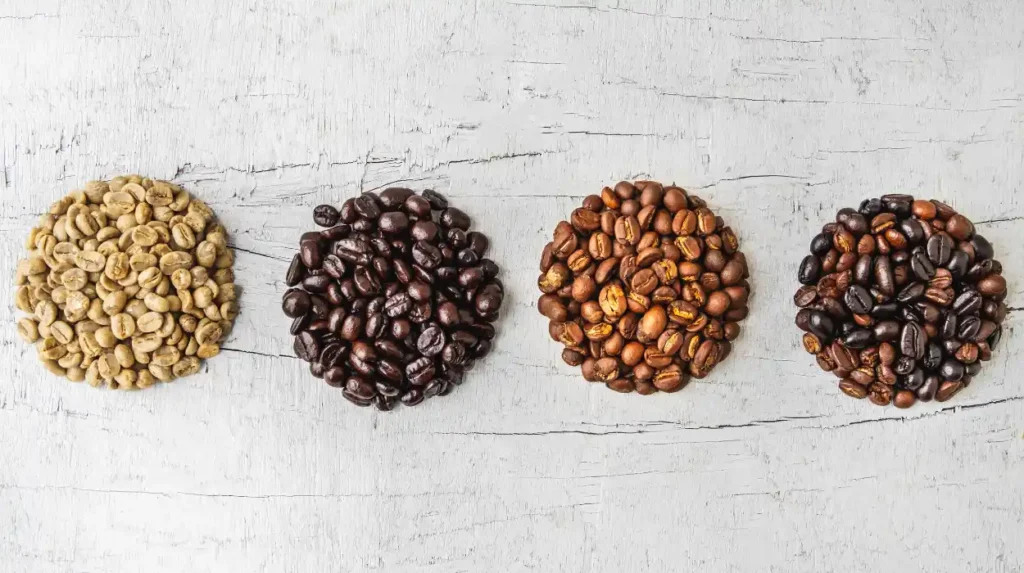
Understanding Coffee Roasts: From Light to Dark
Coffee roasting is a crucial process that transforms raw green beans into the flavorful coffee we enjoy. During roasting, beans are heated to high temperatures, causing them to lose moisture, expand, and undergo chemical changes that develop their flavor and aroma. The longer and hotter the roast, the darker the beans become, which affects their taste, density, and smell.
Lighter roasts are stopped early, just after the first crack, preserving much of the bean’s original flavors. These beans have a light brown color and retain higher density since they lose less moisture and remain firmer. The flavors tend to be bright, tangy, and fruity, accompanied by fresh, floral, and citrusy aroma notes. Lighter roasts highlight the distinct characteristics of the coffee’s origin.
Medium roasts offer a balanced flavor profile, gently shifting away from the bean’s raw flavors toward caramelization and Maillard reactions that create sweetness and complexity. They are medium brown in color with moderate density, as more moisture evaporates during roasting. Medium roasts often taste smooth and balanced, with nutty and caramel notes, producing a comforting aroma that appeals to many coffee drinkers. This roast level achieves a satisfying medium roast balance between brightness and roast character.
Darker brews reach the second crack and beyond, resulting in dark brown or almost black beans with a lower density and sometimes oily surface due to the breakdown of the bean structure. The flavors become bold, smoky, and bitter, often masking the original bean flavors. Aromas tend to be rich with chocolate and earthy tones, favored by those who enjoy a strong, intense coffee experience.
| Roast Level | Flavor Profile | Bean Color | Density | Aroma Notes |
|---|---|---|---|---|
| Light Roast | Bright, tangy, fruity | Light brown | High | Floral, citrusy |
| Medium Roast | Balanced, smooth | Medium brown | Moderate | Nutty, caramel |
| Dark Roast | Bold, smoky, bitter | Dark brown | Low | Chocolate, earthy |
By understanding these roast differences, you can choose the coffee that best suits your taste from the lively brightness of lighter roasts to the deep intensity of darker brews, with a smooth medium roast balance in between.
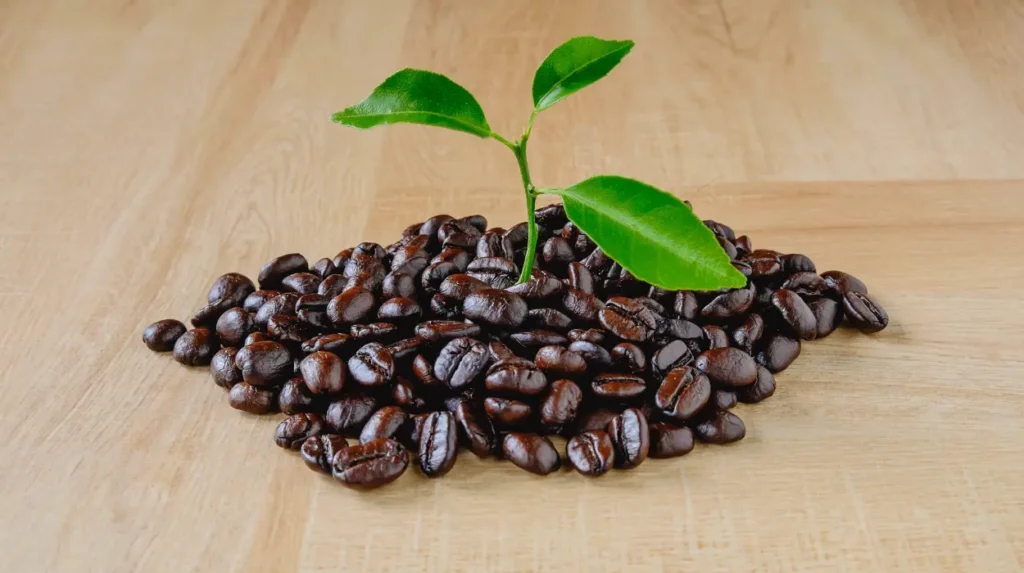
Caffeine Content Across Roasts – Myth vs Reality
There is a common myth that darker coffee roasts contain significantly less caffeine than lighter roasts. In reality, caffeine is a very stable compound that doesn’t break down easily during roasting, even at the high temperatures used to create dark roasts. So, the roasting process itself doesn’t drastically change the caffeine content of the beans.
Where confusion often arises is in how caffeine is measured. When you scoop coffee beans by volume, the density of the beans matters a lot. Light roast beans are denser because they’ve lost less moisture and haven’t expanded as much, while dark roast beans are lighter and more porous due to longer roasting. This means a scoop of light roast weighs more, containing more beans and therefore a bit more caffeine than the same scoop of dark roast by volume.
Measuring caffeine “per bean” provides a clearer picture since the caffeine content per individual bean remains relatively consistent regardless of roast level. However, because dark roasted beans are less dense, a scoop by weight will include fewer beans and slightly less caffeine compared to light roasts.
So, the difference in caffeine content that people notice is mostly due to whether they measure by volume (scoops) or by weight, not because the coffee itself has lost or gained caffeine during roasting.
| Measurement Style | Light Roast | Dark Roast |
|---|---|---|
| By Bean Count | Nearly Equal | Nearly Equal |
| By Weight (scoop) | Slightly Higher | Slightly Lower |
So, caffeine content stays fairly stable across roasts. What changes is the bean density, which affects how much caffeine ends up in your cup, depending on how you measure your coffee.
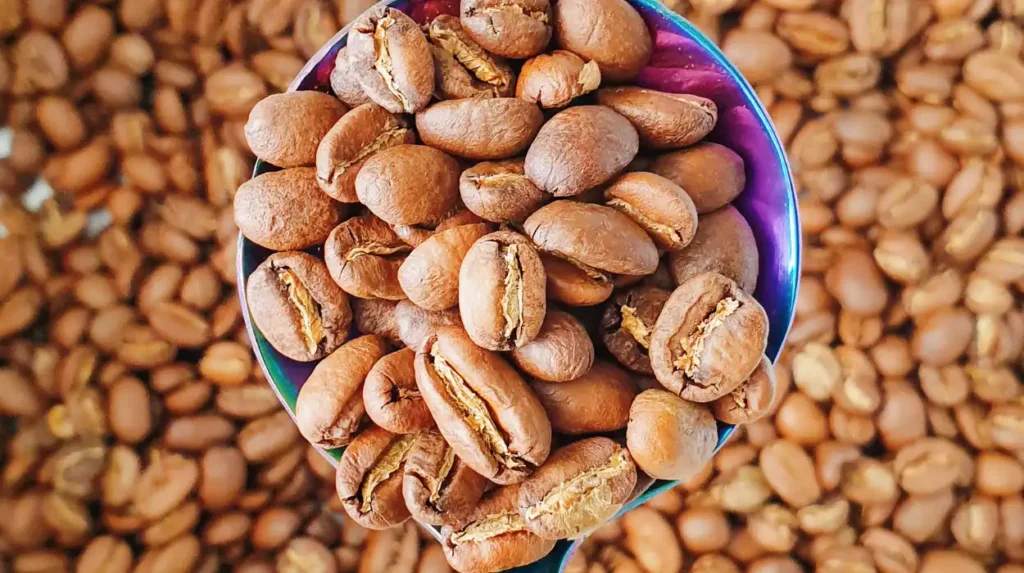
Light Roast and Its Caffeine Profile
Light roasts are known for their brighter flavors and vibrant acidity, which many coffee lovers appreciate for their fresh, fruity, and floral notes. One interesting aspect of light roasts is that they often deliver a subtle caffeine edge compared to darker roasts when measured by volume, such as a scoop. This happens because lighter roasted beans have a higher density—they retain more moisture and haven’t expanded as much during roasting, so the beans weigh more and pack more caffeine per scoop.
This higher bean density means that when you scoop a light roast, you’re getting more coffee mass and, consequently, slightly more caffeine than with the same scoop of darker roasted beans. However, when measured by weight, the caffeine levels tend to be quite similar across roasts.
The brewing method also plays a significant role in how caffeine is extracted and the final taste of a light roast. For example, methods like pour-over or AeroPress highlight the lighter roast’s bright, nuanced flavors while allowing a balanced caffeine extraction. On the other hand, espresso or French press techniques can bring out a fuller body but might mute some of the delicate flavor notes.
In essence, light roasts offer the dual benefit of vivid, bright flavors paired with a subtle caffeine edge, thanks to their higher density. This makes them an excellent choice for those seeking lively coffee with a little extra kick.
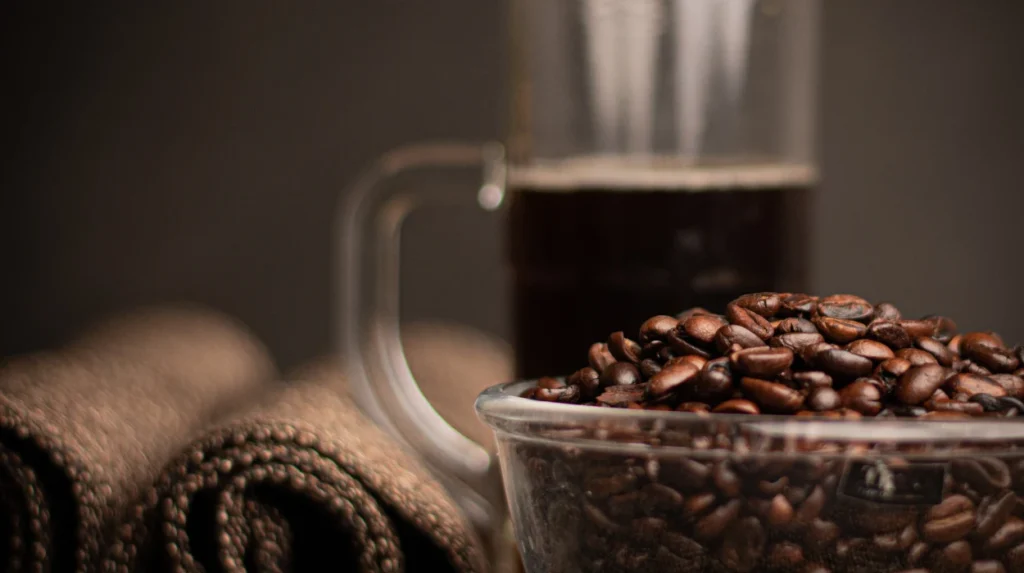
Dark Roast and Its Caffeine Profile
Dark roasts are often associated with a strong, bold coffee experience, thanks to their intense, smoky, and sometimes slightly bitter flavor profiles. This robust taste comes from the longer roasting process, which breaks down sugars and creates deep caramelization and smoky notes. However, despite their powerful flavor, dark roasts aren’t necessarily higher in caffeine than lighter roasts.
One key factor is bean density. As coffee beans roast darker, they lose more moisture and expand, becoming less dense and lighter. This means that when you measure coffee by volume—a scoop of dark roasted beans—you’re getting fewer beans and, consequently, slightly less caffeine compared to a scoop of denser light roast beans.
It’s important to understand that a strong or bold flavor does not automatically mean more caffeine. The richness and intensity of a dark roast come from the roasting process itself, not from an increased caffeine content. Caffeine remains stable during roasting, with only minor changes across roast levels. So, while dark roasts deliver the memorable smoky, chocolatey notes many enjoy, their caffeine content per bean remains roughly equal to that of lighter roasts.
So, the deep flavors of dark roast offer a satisfying and intense coffee experience, but this “strong” taste doesn’t translate into stronger caffeine effects. The contrast between flavor strength and caffeine content often surprises those new to coffee roasting.
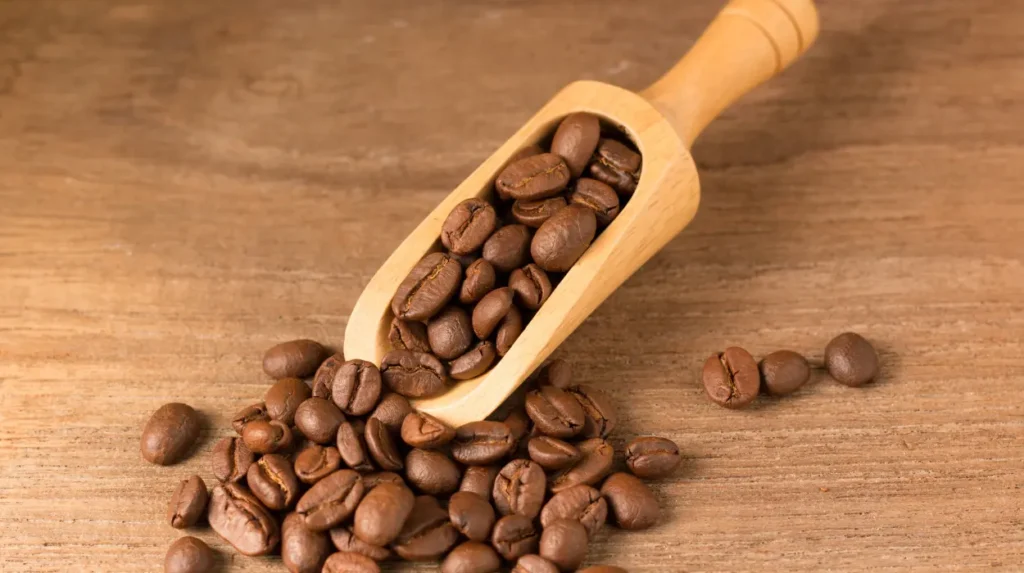
Medium Roast: The Middle Ground
Medium roast is often celebrated as the middle ground between light and dark, offering a rounded taste that appeals to a wide range of coffee drinkers. It strikes a balanced profile by combining the bright, fruity notes found in lighter roasts with the rich, deeper flavors characteristic of darker roasts. This harmony creates a smooth, sweet, and slightly caramelized flavor that many find comforting and well-rounded.
When it comes to caffeine, medium roast sits comfortably between light and dark roasts. It neither has the slight caffeine edge of denser light roasts nor the lower bean count of darker roasts. This makes medium roast a popular choice for those who want a good balance of flavor complexity and caffeine content without leaning too far in either direction.
Overall, medium roast delivers an approachable flavor with moderate acidity and body. Compared to the vivid brightness of lighter roasts and the bold intensity of darker brews, medium roasts offer a middle road that’s both versatile and satisfying, a reason why it remains a favorite among enthusiasts and casual drinkers alike.
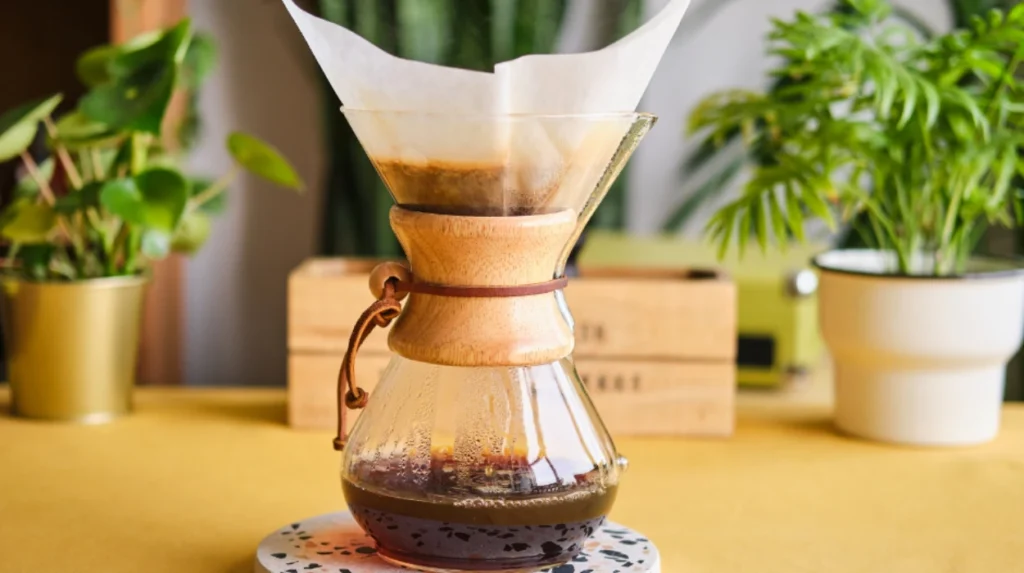
Brewing Matters More Than Roast
Brewing method plays a more significant role in the caffeine content of coffee than the roast level. This is because caffeine extraction varies depending on how coffee is brewed, the amount of coffee used, and the brewing time. Different methods produce varying concentrations and volumes of coffee, which impacts the total caffeine you consume.
Espresso is known for its strong, concentrated shot, with about 60–75 mg of caffeine in just 1 ounce. It uses pressure to extract caffeine quickly, making it the most caffeine-dense per ounce.
Drip coffee, one of the most common methods, typically contains 90–120 mg of caffeine per 8-ounce cup. It uses a longer brewing time than espresso, extracting caffeine steadily from a larger coffee-to-water ratio.
French press coffee is brewed by steeping grounds directly in hot water, resulting in a bold cup with roughly 80–100 mg of caffeine per 8-ounce serving. The longer contact time with coffee grounds leads to substantial extraction.
Cold brew differs with its long steeping time (often 12+ hours) at low temperatures. Despite the mellow, smooth taste, cold brew generally has a higher caffeine content, ranging from 150 – 200 mg per 12-ounce serving, thanks to concentrated coffee grounds used during brewing.
| Brew Method | Serving Size | Approx. Caffeine (mg) | Notes |
|---|---|---|---|
| Espresso | 1 oz | 60–75 | Strong, concentrated |
| Drip Coffee | 8 oz | 90–120 | Most common method |
| French Press | 8 oz | 80–100 | Bold and heavy |
| Cold Brew | 12 oz | 150–200 | Smooth, high caffeine |
In contrast to roast level, which doesn’t drastically affect caffeine, choosing your brewing method has a more direct impact on how much caffeine ends up in your cup. The volume you drink and brewing style are key factors in caffeine intake.

Choosing the Right Roast for You
Choosing the right coffee roast is all about matching your taste preferences and caffeine needs to the roast profile. If you love lively, bright flavors and a subtle caffeine edge, lighter roasts are a great option—they offer crisp, fruity, and floral notes, making them perfect for those who enjoy a refreshing coffee experience.
Dark roasts are ideal for people who crave a bold, intense taste with smoky, chocolatey, or earthy undertones. They’re a favorite among those who enjoy a strong cup with robust flavors that dominate the coffee’s origin character. Don’t worry about sacrificing caffeine—dark roasts may taste “strong,” but their caffeine is similar to lighter brews.
Medium roast strikes the perfect balance for most coffee drinkers. With its smooth, rounded taste, moderate acidity, and hints of nutty or caramel notes, medium roast is a popular choice for anyone looking for a well-balanced cup that isn’t too tangy or too bitter.
Ultimately, pick the roast that suits your palate and morning routine. Whether you want vivid brightness, bold intensity, or easygoing balance, there’s a coffee roast for every preference.
Flavor vs Functions
Caffeine content is not drastically different across light, medium, and dark roasts, so the choice of roast should focus more on flavor than function. Each roast offers a unique taste experience from the bright, fruity notes of lighter roasts to the bold, smoky intensity of darker brews, with medium roasts providing a balanced middle ground. Ultimately, your personal taste preferences and brewing style have a greater impact on your enjoyment and caffeine intake. Choose the coffee you love to drink, and the right caffeine boost will naturally follow.

